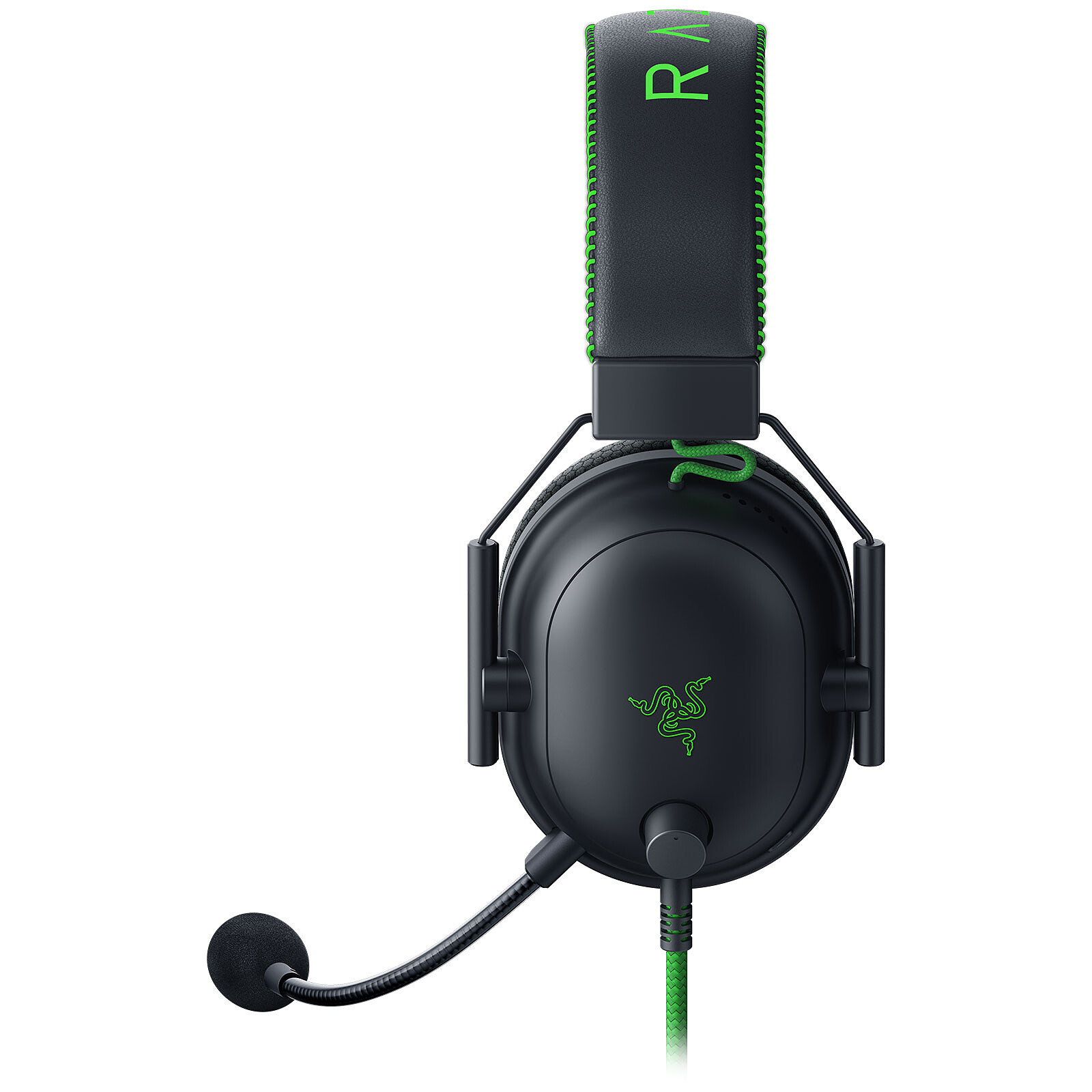

Honestly though, in the context of a 10 year old device, these measurements are very respectable (with the exception of the output impedance). The reason I eventually ditched it for desktop use was that its oscillator was only capable of 48kHz, so I couldn't run exclusive mode on it without resampling, which some of my software could not do.

One pretty cool feature of the drivers, though, was that you could use them to mix S/PDIF and USB input, and to record to the S/PDIF input. I also used it as a S/PDIF DAC for my Xbox 360, but it needed to be plugged into a computer with that driver package running to work. Fortunately, I only really needed it to drive speakers, which it did a very reasonable job for. I had no idea what output impedance meant at the time, but to my untrained ears, it was so bass-y as to be unlistenable from the headphone port. Oh man, this was my first USB DAC back in college in 2010. Upgrading your membership here though Paypal ( ). It rains for about 6 months here so I need plenty of money!!! Please consider donating funds using: They say you should save money for a rainy day. Needless to say the pink panther is not happy and I can't recommend the SoundBlaster X-FI HD.Īs always, questions, comments, recommendations, etc. While the DAC portion is OK, the headphone output is a disaster. Seems Creative is still sailing on the reputation of their PC audio products from decades back with no effort to produce a high-performance device. Selecting the ASIO driver as input just hug my Audio Precision software or did nothing useful. The Soundblaster driver reported that line in and microphone in were not operational. Instead of torturing myself or you all I decided to test the ADC but that was not meant to be. We like to see 1 ohm or lower here to avoid this effect. At 36 ohm, the frequency response and hence the balance of tones will be impacted by SoundBlaster X-FI HD.


 0 kommentar(er)
0 kommentar(er)
